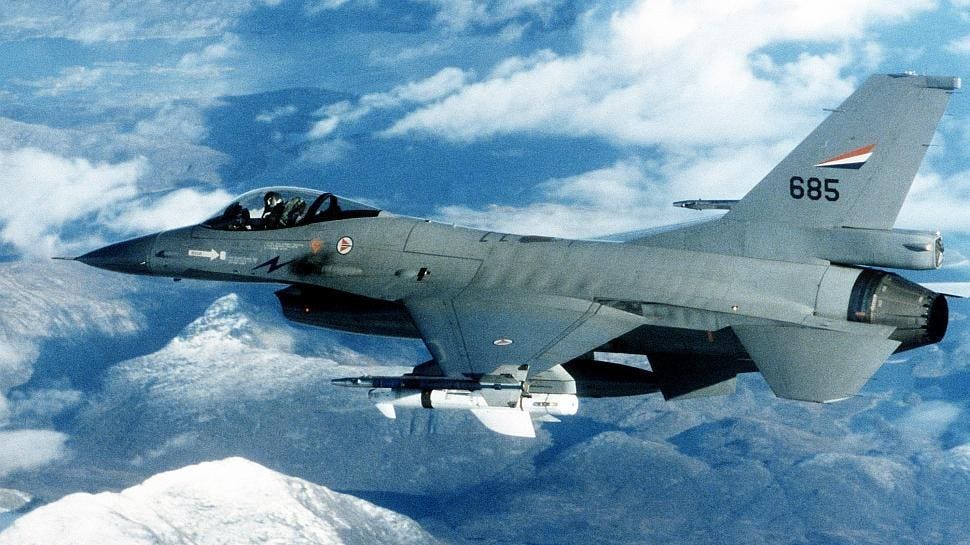Norway on Thursday joined The Netherlands and Denmark in announcing it would donate to Ukraine surplus Lockheed Martin F-16 fighters.
After selling off most of its F-16s in favor of F-35 stealth fighters, Norway still has a dozen of the older jets in some hangar somewhere. And while the Norwegian F-16AM/BMs broadly are similar to the Danish and Dutch F-16s—built in the 1980s, deeply upgraded through the 2000s—Oslo’s jets are unique in at least one way.
They’re compatible with anti-ship missiles. If the Ukrainian air force is looking to introduce an aerial sea-denial capability, this might be its best chance.
Norway with its long coastline traditionally has prioritized the countershipping mission. In 1987, the Royal Norwegian Air Force began equipping a single F-16 squadron—the Bodo-based 334 Squadron, now defunct—with the 900-pound, infrared-guided Penguin anti-ship missile, a product of Norwegian missile firm Kongsberg.
The Penguin is a sea-skimmer with a high-subsonic top speed and a range of around 30 miles. To dodge a warship’s air-defenses, a Penguin can perform preprogrammed maneuvers in the seconds before it hits. Its 250-pound warhead might not be enough to break the keel of a large ship, but it is big enough to sink smaller ships—or badly damage bigger ones.
While less powerful than are Ukraine’s land-based anti-ship missiles—locally-made Neptunes and American-made Harpoons, respectively ranging 200 miles and 70 miles—the Penguin is simple and effective.
Integrating it on the F-16 was straightforward. “Due to the inherent flexibility of both the aircraft and the missile system, no hardware changes are required on the aircraft,” the U.S. Defense Department explained. “Software changes are designed such that the pilot can operate the weapon to its full performance by using existing cockpit controls and displays in a way quite similar to other air-to-ground missions.”
More importantly for Kyiv, it’s possible Ukrainian forces already have a consignment of Penguins. There were unverified reports in the spring of 2022 that Norway had shipped a batch of Penguins to Ukraine in 2021, perhaps in anticipation of a possible Russian amphibious assault on the port of Odesa. Penguins can be launched by ships, too.
As it happens, the Russians never invaded Odesa, and by the spring of 2022 Ukraine had deployed Neptunes and Harpoons, which they have used to sink several Russian ships—including the missile-cruiser Moskva—as well as strike targets on land, most recently a Russian S-400 surface-to-air missile battery in Crimea.
If Ukraine did get Penguins two years ago, it could hang them under the wing of its ex-Norwegian F-16s—once they arrive, probably in early 2024—and add an aerial dynamic to its escalating campaign of sea-denial in the western Black Sea.
And if the Ukrainians didn’t get Penguins in 2021, they could ask the Norwegians for them now.
Read the full article here





